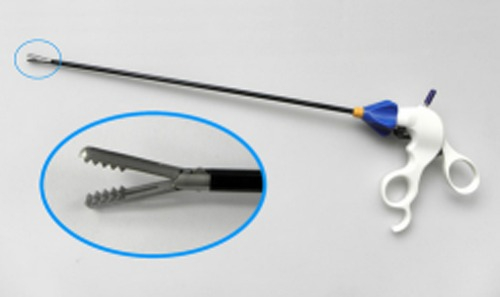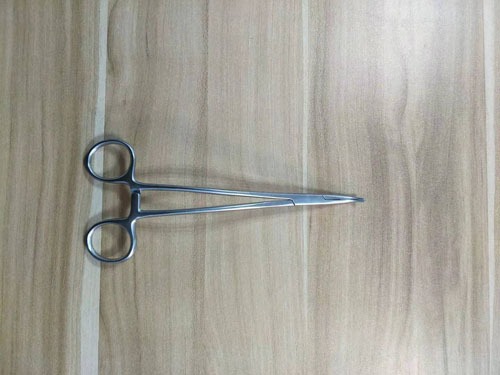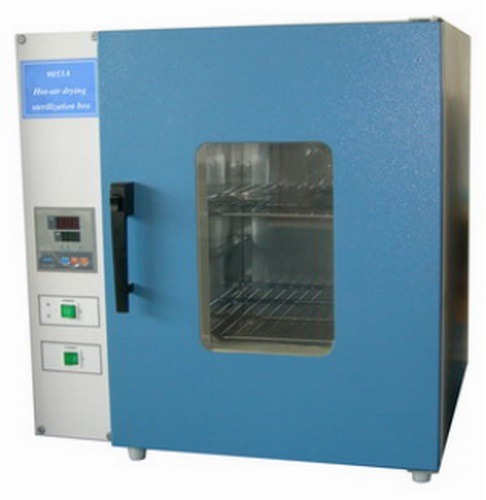Surgical instruments are indispensable in every operating room. With advancements in technology, their variety and precision have expanded, allowing surgeons to perform complex procedures with greater accuracy. This article explores the fundamental categories of surgical instruments, their uses, and why their proper care and sterilization are crucial for patient safety and surgical success.
1. Introduction
Surgical instruments have a history dating back thousands of years, evolving from rudimentary tools to sophisticated devices that ensure precision and safety. Whether in minor outpatient procedures or complex surgeries, the proper selection and use of these tools can significantly affect patient outcomes.
This article provides a comprehensive guide to Surgical Instruments, breaking them down by function, and explaining their applications and importance in modern surgical practice.
2. Categories of Surgical Instruments
Surgical instruments are classified based on their specific function. Below is a breakdown of the primary categories:
A. Cutting and Dissecting Instruments
Used for cutting tissues, these instruments include:
- Scalpels: Precision is key in surgical procedures. Scalpels are equipped with different blade types:
- #10 Blade: Used for making large incisions.
- #11 Blade: Ideal for sharp, precise cuts.
- #15 Blade: Smaller, used for short, precise cuts(Rigor Instruments).
- Scissors: Different types are used based on tissue type:
- Mayo Scissors: Typically used for cutting heavy tissues near the skin surface.
- Metzenbaum Scissors: For more delicate, deeper cutting(CIA Medical).
| Type of Instrument | Uses |
|---|---|
| Scalpel (#10, #11, #15) | Incisions, precise cuts |
| Mayo Scissors | Cutting heavy tissues |
| Metzenbaum Scissors | Delicate, deep cutting |

B. Grasping and Holding Instruments
These instruments allow surgeons to hold or manipulate tissues without causing injury:
- Forceps: Essential for grasping or holding tissues. Tissue forceps are toothed for a better grip on tissue, while dressing forceps are smooth(Diamond Surgical).
- Needle Holders: Used to hold needles during suturing, the Mayo-Hegar needle holder is one of the most common types(surgicalsage.com).

C. Clamping and Occluding Instruments
To control bleeding and secure tissues, surgeons use:
- Hemostats: Clamping blood vessels to control bleeding is vital. Kelly and Crile Hemostats are commonly used(Medzell Blogs).
- Vascular Clamps: These are specifically designed to occlude blood vessels temporarily during procedures.

3. Suctioning and Retracting Instruments
A. Suctioning Devices
- Yankauer Suction Tips: Used to clear fluids, blood, and debris from the operating site, providing surgeons with a clear field(surgicalsage.com).
- Frazier Suction Tips: Smaller, more precise suction devices for narrow, delicate areas(Diamond Surgical).
B. Retractors
Retractors hold back tissue and organs to give surgeons better visibility:
- Senn Retractors: Ideal for small, delicate procedures such as plastic surgery(surgicalsage.com).
- Weitlaner Retractors: Used in more extensive procedures, often self-retaining(CIA Medical).
| Type of Instrument | Key Features | Common Procedures |
|---|---|---|
| Yankauer Suction | Removes fluids from large areas | General surgeries, throat surgeries |
| Frazier Suction | Precision in tight spaces | Neurosurgeries, ENT procedures |
| Senn Retractor | Effective for small incisions | Minor, plastic surgeries |
| Weitlaner Retractor | Self-retaining for deep exposure | Abdominal, orthopedic surgeries |

4. Suturing and Stapling Instruments
Suturing is an essential part of almost every surgery:
- Needle Holders: Securely hold the needle while stitching tissues together. The Mayo-Hegar holder allows for precision(CIA Medical).
- Surgical Staplers: Used to close large incisions quickly. Research shows that staplers can reduce infection rates and improve recovery times compared to traditional sutures(Medzell Blogs).
| Comparison: Sutures vs. Staplers |
|---|
| Sutures are time-consuming but offer precise control. |
| Staplers are faster and can be more efficient for larger wounds. |
Real Data: Staplers vs. Sutures in Recovery Time
A 2020 study found that patients whose wounds were closed with surgical staplers had a 15% faster recovery time compared to those closed with traditional sutures, with a 20% lower rate of infection(Diamond Surgical).

5. Sterilization and Maintenance of Surgical Instruments
Proper sterilization of surgical instruments is crucial to prevent infection and maintain their longevity. Instruments that aren’t adequately cleaned and sterilized pose a significant risk of contamination.
A. Cleaning and Sterilization Methods
- Autoclaving: This method uses high-pressure steam to kill microorganisms.
- Ultrasonic Cleaning: Removes debris from hard-to-reach areas using ultrasonic waves(CIA Medical).
B. Best Practices for Handling Instruments
- Inspect for Defects: Damaged instruments should not be used during surgery(Diamond Surgical).
- Handle with Care: Especially for delicate tools like fine-tipped forceps and scalpels.
| Sterilization Method | Pros | Cons |
|---|---|---|
| Autoclaving | Effective for most materials | Not suitable for heat-sensitive items |
| Ultrasonic Cleaning | Great for complex instruments | Expensive, requires specific equipment |

6. Conclusion
Surgical instruments are the backbone of modern surgery, offering precision, control, and efficiency. By understanding the functions of each instrument, surgeons can improve patient outcomes and reduce the likelihood of complications. Moreover, proper sterilization ensures that these tools remain effective and safe for reuse.